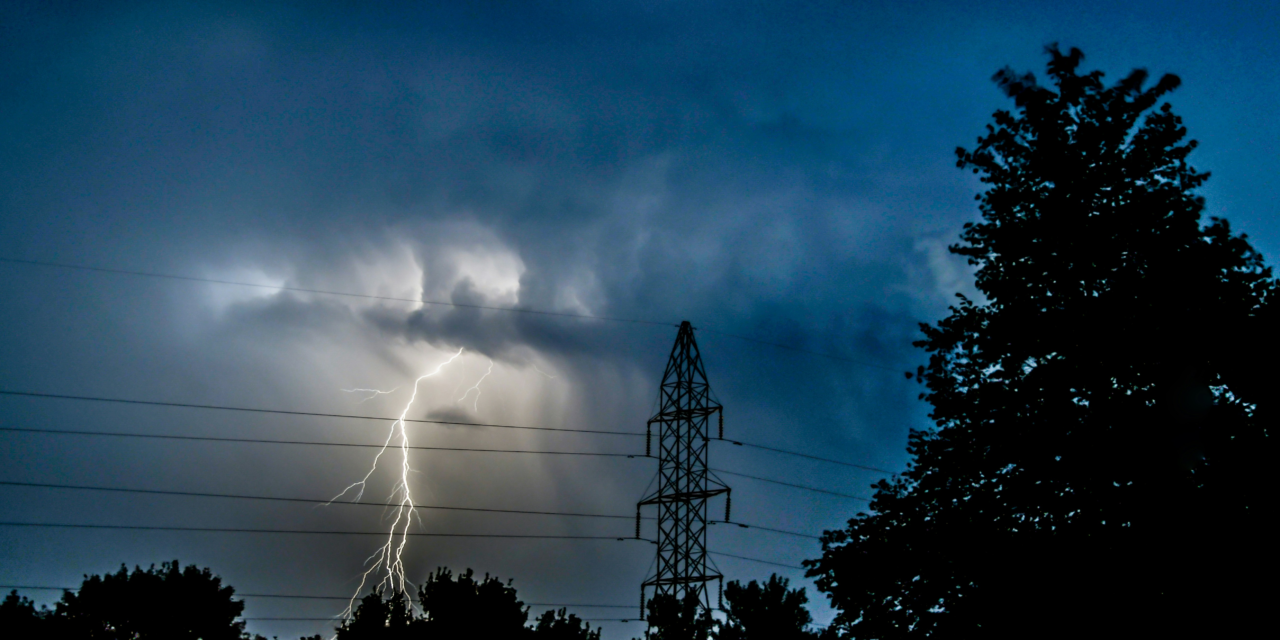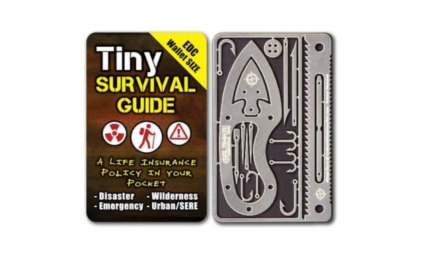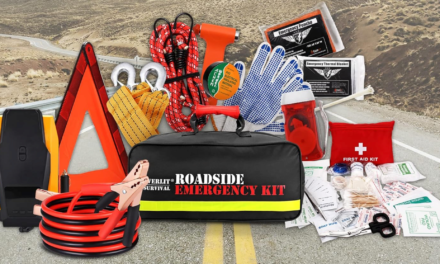When the lights go out, having a home power outage kit checklist ensures you can stay safe, comfortable, and connected. Whether it’s caused by a storm, a power grid failure, or scheduled maintenance, the right supplies help you manage daily needs until electricity is restored.
1. Lighting & Illumination
Reliable lighting reduces hazards and keeps your home functional during an outage.
- LED Flashlights – One per person, plus spare batteries
- Headlamps – Hands-free light for cooking, repairs, or walking around
- Battery-Powered Lanterns – Ideal for shared spaces
- Emergency Candles – Use with care; never leave unattended
- Glow Sticks – Safe light source for children or hallways
2. Power & Charging
Keep essential electronics powered to stay informed and maintain communication.
- Portable Power Banks – Keep phones, tablets, and radios charged
- Solar Chargers – Reliable for extended outages
- Small Generator – Gas, propane, or solar (use gas/propane outdoors only)
- Rechargeable Batteries – For lights, radios, and small devices
- Surge Protectors – Prevent damage when power is restored

Download Your FREE Power Outage Checklist Here
3. Heating & Temperature Control
Extreme temperatures can make outages dangerous—be prepared for both hot and cold.
- Thermal Blankets & Sleeping Bags – Weather-appropriate insulation
- Indoor-Safe Propane Heater – For cold climates
- Layered Clothing – Hats, gloves, socks, and jackets
- Battery-Powered Fans – For warm-weather outages
4. Food & Water
Without electricity, refrigerators and stoves won’t work—plan accordingly.
- Non-Perishable Foods – Canned goods, MREs, protein bars
- Manual Can Opener – For canned food
- Bottled Water – At least one gallon per person per day
- Camping Stove or Portable Grill – With extra fuel
- Disposable Plates & Utensils – For easy cleanup
5. Communication & Information
Stay aware of changing conditions and emergency alerts.
- NOAA Weather Radio – Battery-powered or hand-crank models
- Printed Contact List – In case devices fail
- Two-Way Radios – For local communication without cell service
6. Safety & First Aid
Emergencies can happen during an outage—be ready to respond.
- Fully Stocked First Aid Kit – Include prescription medications
- Fire Extinguisher – Easily accessible in case of fire
- Whistle – To signal for help
- Work Gloves – For handling debris or repairs
7. Comfort & Morale Boosters
Keeping spirits up can make outages more manageable.
- Board Games & Card Decks – Non-digital entertainment
- Books, Puzzles, and Crafts – For downtime
- Comfort Snacks – A little treat goes a long way in stressful times
Pro Tips for Storing Your Kit
- Keep it in one location known by all household members.
- Check batteries every 3–6 months and recharge as needed.
- Rotate food and water supplies annually to keep them fresh.
- Test your equipment periodically so you know how to use it.
A well-prepared home power outage kit isn’t just about convenience—it’s about safety, security, and peace of mind during unexpected blackouts.





